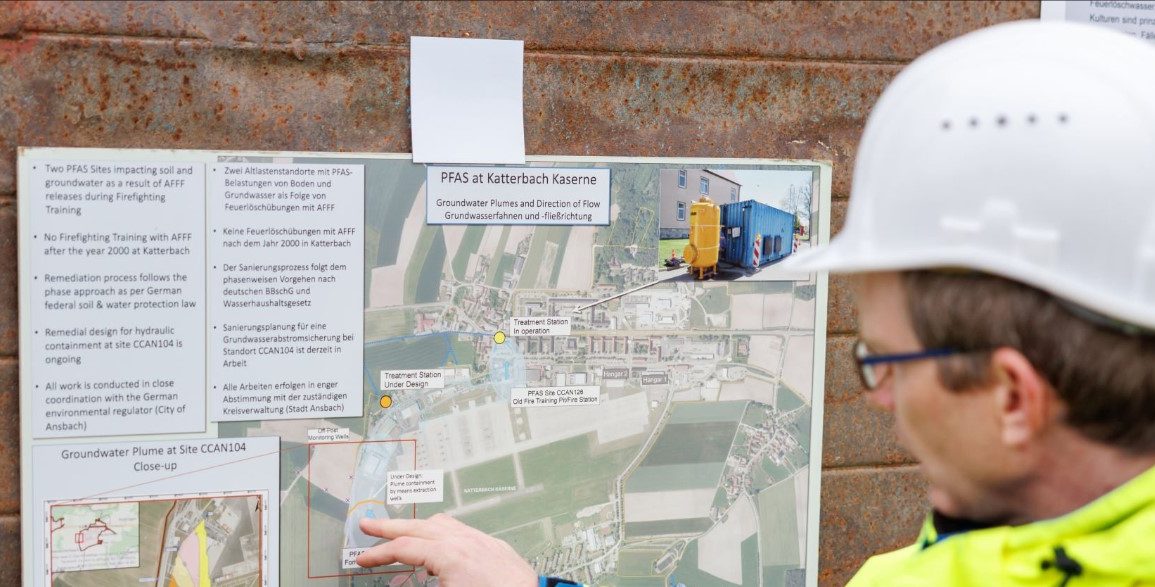A recent study has found that 10 target perfluoroalkyl substances (PFAS)—chemicals known for their persistence in the environment—were present in both tap and bottled water from major cities in the UK and China.
Researchers noted that perfluorooctanoic acid (PFOA) and perfluorooctane sulfonate (PFOS) were present in more than 99% of bottled water samples collected from 15 countries globally.
This raises concerns about PFAS exposure, as these substances are associated with several health risks.
The study also found notable differences in PFAS levels between tap water in Birmingham, UK, and Shenzhen, China, with Chinese water showing higher concentrations.
However, the researchers emphasized that simple water treatment methods like boiling or using activated carbon filtration can effectively reduce PFAS levels by 50% to 90%, depending on the type of treatment and the specific PFAS.

Published in ACS ES&T Water, the study was conducted by teams from the University of Birmingham and two universities in China.
Professor Stuart Harrad from the University of Birmingham highlighted the widespread nature of PFAS contamination but reassured that many of the current levels do not pose immediate health concerns.
Still, he stressed the importance of continued monitoring and regulation to protect public health in the long term.
Bottled water from around the world also showed varying PFAS levels, with natural mineral water generally containing more than purified water.
The study found no significant difference between PFAS concentrations in bottled water based on packaging material or carbonation level.
Although most PFAS levels were below health advisory thresholds, average PFOS concentrations in Shenzhen’s tap water exceeded the latest guidelines set by the US Environmental Protection Agency.
As awareness of PFAS grows, this research underscores the importance of making informed decisions about water consumption and purification.

